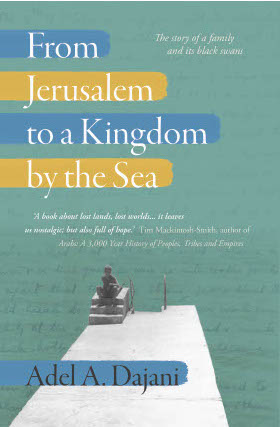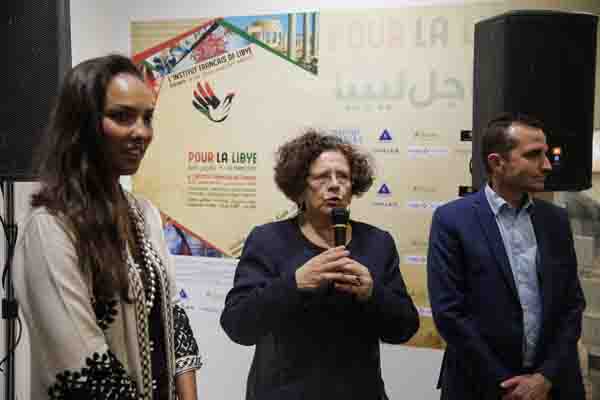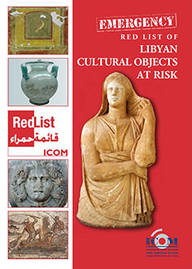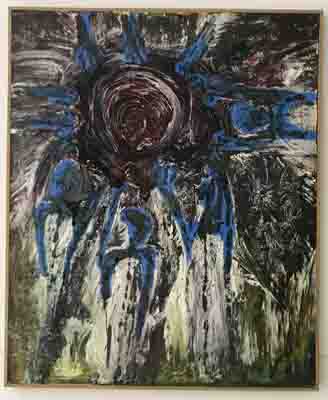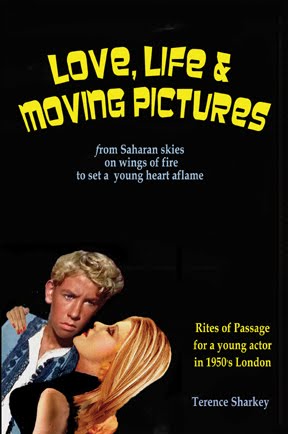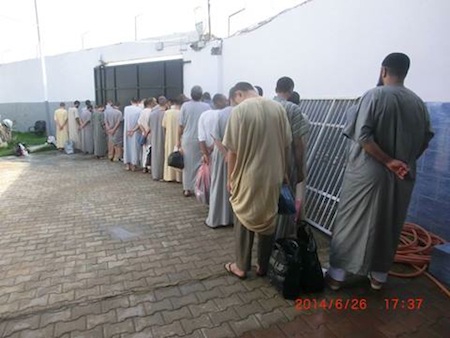By: Mustafa J. Salem.
Nine cover pictures of the previous articles on the Libya Sahara heritage that were posted by the Libya Herald Features in the last 14 months. Please refer to the dates of each article in the list below.
Tripoli, 26 June 2014
During the last fourteen months (since April 2013), several articles were posted in the Libya Herald, focusing on significant areas in the Libyan Sahara which contain interesting heritage sites and attractive natural landscape. The main objective for posting these articles was to inform readers about the importance of these areas and their content of a vast variety of human and natural heritage, and the urgent need for their preservation and protection from further deterioration.
These articles which were posted are as follows:
- Franco-Libyan project: A successful example of international scientific collaboration. Mustafa J. Salem. 5 April 2013.
- The Libyan desert: Natural and human heritage under threat. Mustafa J. Salem. 19 April 2013.
- The Fezzan region: An interesting history and a prospect for a brighter future. Mustafa J. Salem. 9 May 2013.
- Waw An-Namus: A prehistoric volcano and natural heritage attraction. Mustafa J. Salem, Mabrouk T. Busrewil and Khaled M. Oun. 3 July 2013.
- Messak Plateau, Fezzan: An endangered natural and human heritage area. Mustafa J. Salem. 18 August 2013.
- Tadrart Akakus: A UNESCO World Heritage Site; a victim of neglect, vandalism and indifference. Mustafa J. Salem. 11 October 2013.
- Fezzan Sand Seas: A popular but unprotected area of off-road driving and adventure tourism. Mustafa J. Salem and Hans-Joachim Pachur. 24 November 2013.
- The Lost Oases—Awaynat and Arknu: Early exploration of Eastern Libya and Northern Sudan. Mustafa J. Salem. 1 March 2014.
- Jabal Al-Haruj: Biggest volcanic field in Libya with heritage and economic value. Mustafa J. Salem. 20 June 2014.
In these articles, written primarily for general public, there were several discreet messages included with the intention of catching the attention of the concerned bodies such as the Ministry of Culture and Civil Society, the Department of Antiquities, the Ministry of Tourism, the General Authority for Environment, the Ministry of Petroleum, and the like, in the hope that they would take the necessary steps to protect the Libyan Saharan heritage and environment, which have been deteriorating for many years.
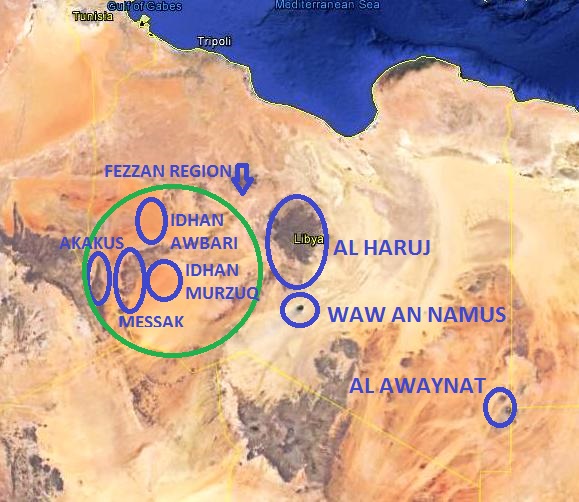
Since the revolution, adventure tourism has ceased and most industrial development projects have been disrupted, yet the wide-spread prevalence of arms and four-wheel drive vehicles have led to even further deterioration of the landscape and environment of these areas due to uncontrolled driving, indiscriminate hunting of endangered wild animals and even vandalism of prehistoric artwork by graffiti. A 3 June 2014 Reuters article on the vandalism of Libyan desert art at Tadrart Akakus stated, “Vandals have destroyed prehistoric rock art in lawless southern Libya, endangering a sprawling tableau of paintings and carvings classified by UNESCO as of ‘outstanding universal value’.”
It is worth mentioning that UNESCO has listed Tadrart Akakus as a World Heritage site since the early 1980s.
Due to the fragile security situation in Libya these days, it is not feasible to do any significant field assessment or conduct any field preservation or conservation programs. However, it is important at this stage for the authorities to develop a master plan for the preservation of the Libyan Desert heritage areas, so that when the security situation improves such plans will be ready to be put into action.
It is encouraging that the Ministry of Tourism is following such a path by starting to revise its National Tourism Master Plan, with the help of a team of national and international experts and advisory assistance from the United Nations World Tourism Organization (UNTWO).
The Ministry of Culture and Civil Society and the Department of Antiquities is already late in adopting the same policy, and should urgently begin to seek national and international assistance to develop its Antiquity Conservation and Preservation Master Plan. This plan would cover not only desert areas but also coastal sites as well. The following organisations and expertise may help in the planning and implementation of the plan, if properly approached by the Ministry of Culture and Civil Society and the Department of Antiquities:
- Universities and institutions – national and international – who are involved in research projects in Libya, through their team of experts who conduct research in various parts of Libya;
- World and international organisations, such as UNESCO and its partner organisations: ICOMOS, ICUN, ICCROM and WHC, as well as UNDP and UNWTO;
- Government organisations and authorities concerned with the environment, heritage and education such as the Environment General Authority, the Ministries of Tourism, Agriculture, Water Resources, and the General Water Authority;
- Individual experts and scientists – nationals and expats –who have interest in the Libyan Desert and its natural and human heritage;
- Local communities, local authorities and non-government organisations and societies, in different parts of the country, especially in the areas to be preserved;
- Oil companies working in the area and other stakeholders who may have interest in the areas.
Some of these oil companies working in the Fezzan have already accepted the obligation of taking part in the planning and development of some of the areas that they have been working in for several years, namely the area of Messak Sattafet, which has already been heavily impacted by the oil industry for more than two decades. Other areas may also fall in the same category, such as Idhan Murzuk, Idhan Obari, Wadi Al-Ajal, Adrar Akakus and Al-Haruj Al-Aswad.
The task should start very intentionally by setting up a multi-disciplinary task force that can initiate the program for the work and follow-up its development.
The Ministry of Culture and Civil Society has already been officially advised to follow such a path. Once the process starts it will take a few years to put the plan together and set up priorities before the actual work on conservation starts.
Prior to the 17 February Revolution of 2011, the Libyan government decided to improve the management of cultural heritage in order to be able at a later stage to develop cultural tourism. It had an agreement with the World Bank for assistance in this regard. The main objectives of the task were to support the sustainable management of antiquities in the country through institutional strengthening and capacity building of the Department of Antiquities and also to have a strategy for conservation.
In December 2011, a final report entitled Strategy for Cultural Heritage Protection was issued. The strategy included three main strategic components:
A. Institutional strengthening and capacity building of the Department of Antiquities, where the key issues are decentralisation, the recruitment of additional trained staff, the adoption of new and up to date management tools, the formation of a new department responsible for architectural and urban heritage and, finally, the introduction of a structured training programme.
B. Recording and interpretation, where the main issues are the creation of a national heritage inventory and a number of specialised units for research.
C. Conservation, where the key issues are the adoption of new regulatory and institutional tools, the creation of specialised conservation structures and awareness-raising within the general population.
The document also recommended a three-phase action plan that was to be implemented within five years. The report indicated, however, that the recommended strategy could be used as a guideline and be modified and updated according to the needs and priorities of the Government. The document states:
“This document can be used by decision-makers in a variety of different ways: either as the basic structure of a strategic action plan to be adopted by the Administration or, alternatively, merely as a basket of strategic measures, recommendations and ideas from which to draw when deciding on future policy.”
The report could provide good background information for launching a major study to set up a Heritage Conservation and Preservation Master Plan.
Meanwhile, the UNWTO has an agreement of cooperation with the Ministry of Tourism, by which the UNWTO will assist in developing the tourism industry in Libya, and specifically will assist in the development of heritage sites in Jebel Nafusa in northwestern Libya for future cultural tourism.
International organisations,especially UNESCO and its partners, will continue to offer more technical and advisory assistance if they are asked. They have already published some very important manuals that are practical tools for individual countries to use for the preservation of various kinds of heritage sites. Some of these important tools are:
- Managing Tourism at World Heritage Sites – a Practical Manual for World Heritage Site Managers. Published by UNESCO World Heritage Centre, 2002.
- Enhancing our Heritage Toolkit – Assessing Management Effectiveness of Natural World Heritage Sites. Published by UNESCO World Heritage Centre, 2008.
- Preparing World Heritage Nominations (Second edition, 2011) Published by UNESCO, 2011.
Other international organisations that were involved in the preparation and production of these important publications include: ICCROM, ICOMOS, IUCN, UNEP, UNF and TEMA.
Until proper actions are taken to protect the Sahara desert and its treasures we will see the deterioration of the Libyan heritage sites continue, and it may accelerate even further in the coming years to a point of no return.
The following are a few examples of natural and human degradation and human misuse of Libyan heritage sites:
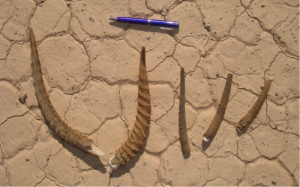
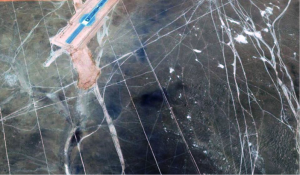
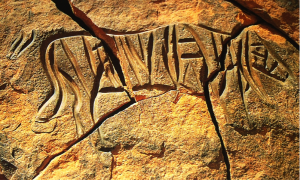
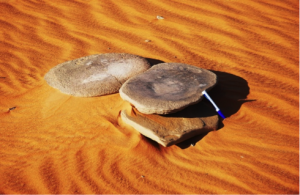
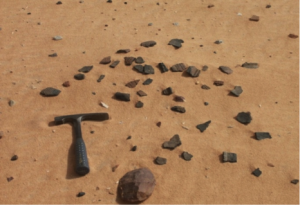
This is the last in the present series of articles by Mustafa J. Salam on the natural and human heritage of southern Libya. He will, however, be returning with a series on the heritage of the Jebel Nafusa in north west Libya. [/restrict]










